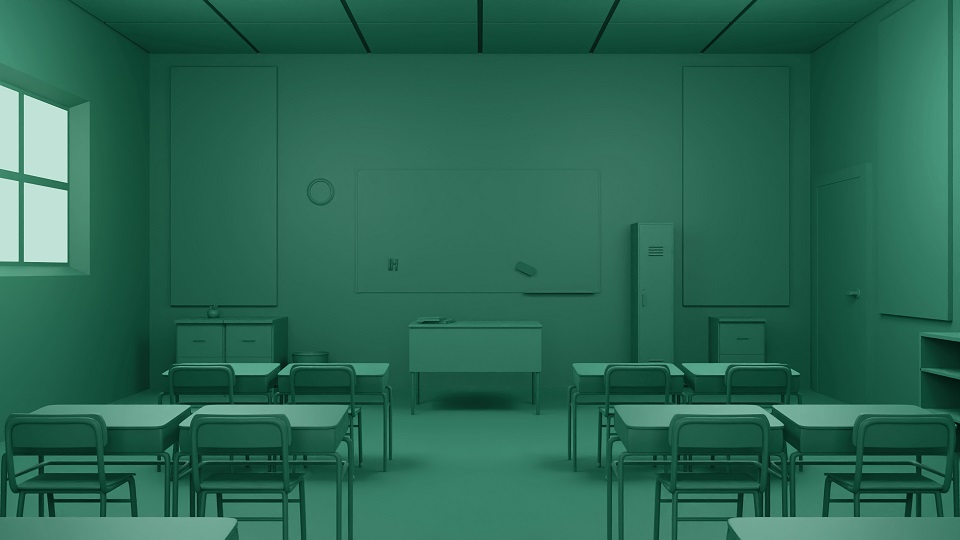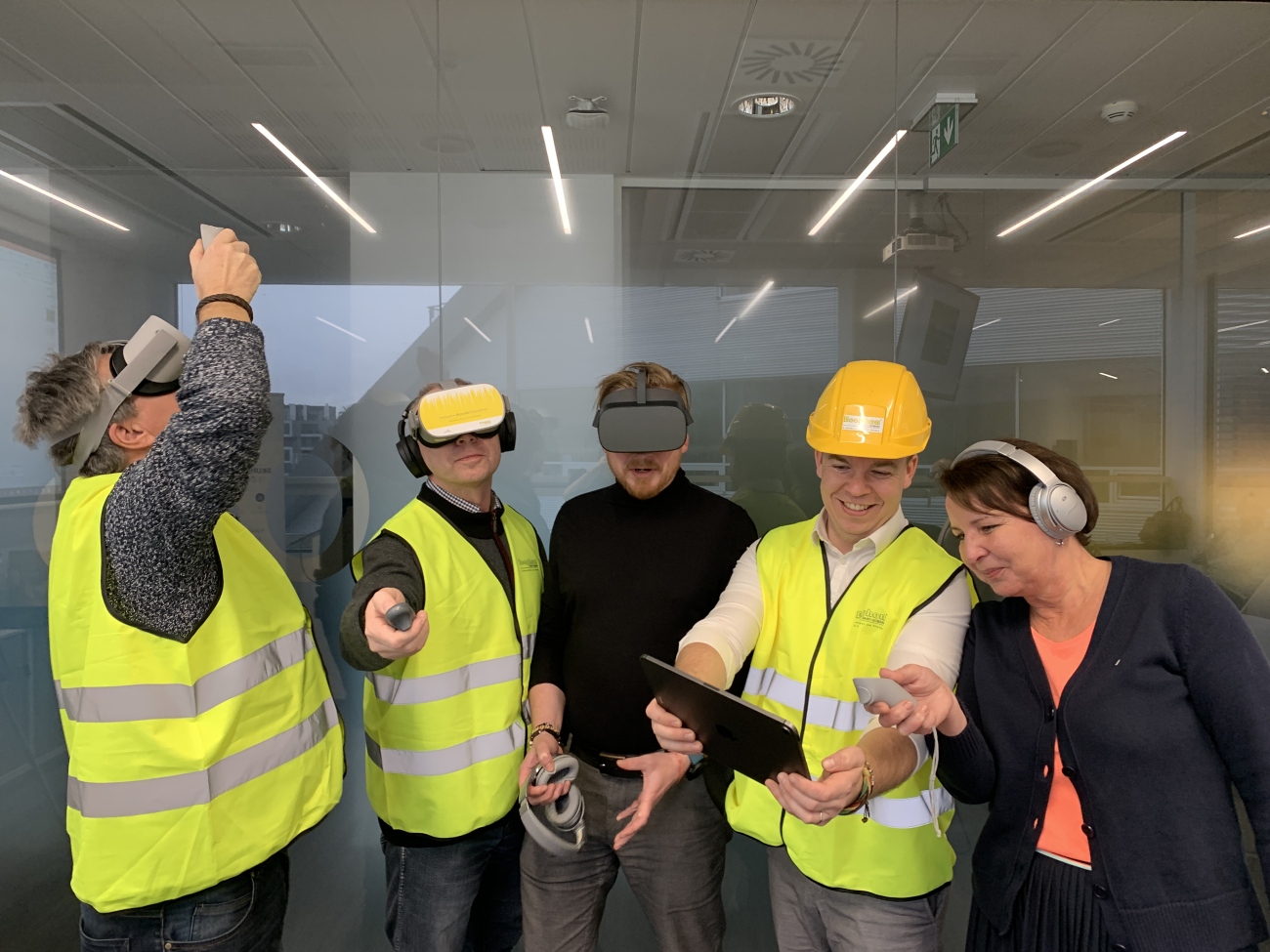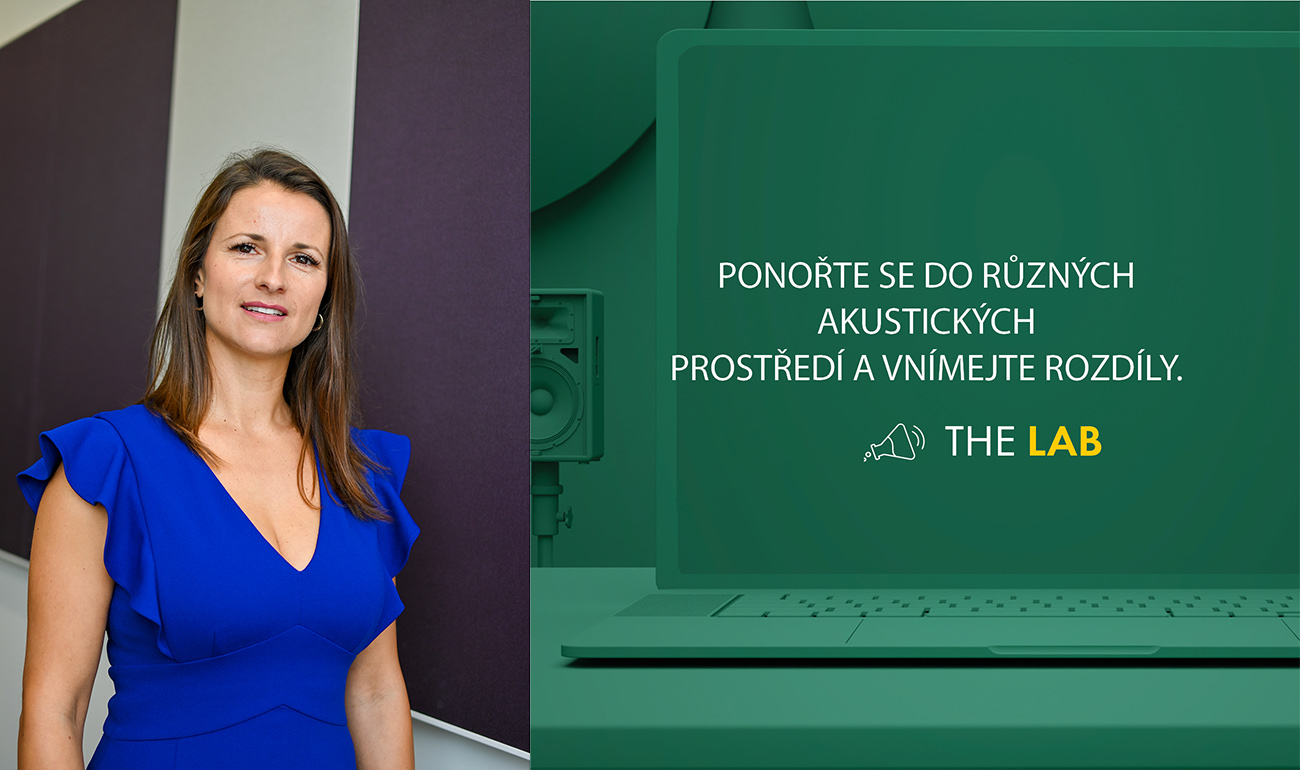
Do clients doubt the importance of acoustics? Convince them with THE LAB
 |
In a time of rising prices and inflation, the emphasis on cost-effectiveness is greater than ever. This is also true for development projects, where planning or budget cuts often affect one area. Acoustics. Yet, it is extraordinarily important. It has a direct impact on productivity in offices, affects the recovery of patients in healthcare, and, for example, in education, the ability of students to understand the curriculum. But how to explain and prove to clients that cutting costs on acoustics is not worthwhile? If you don’t know, give the online project THE LAB by Ecophon a chance.
The project THE LAB aims to entertainingly illustrate why spatial acoustics is important. And what significant impacts it has on all of us. The website is divided into three sections – Try, Explore, Experiment – each focusing on acoustics from a different perspective.
TRY
In the Try section, there are a total of twelve videos, each lasting around forty seconds. The videos aim to briefly and humorously introduce twelve key phenomena or terms in acoustics. "Clients thus gain a time-efficient overview of both basic and more complex acoustic concepts and phenomena. Among other things, they will discover what sound actually is, how it is measured, and what octave bands or flutter echoes are.EXPLORE
The Explore section, on the other hand, focuses on research and the specific impacts acoustics has on our body and mind. For example, clients from the education sector will certainly be interested in the results of a study that showed that the average noise level in a classroom without sound absorption is 64 dB, which makes it very difficult to achieve a satisfactory value of 15-20 dB. Thus, a teacher has to shout as loudly as a lawn mower (85 dB) to be heard. "It is no surprise that up to 80% of teachers suffer from stress due to noise, which of course affects the quality of teaching and their motivation to stay in the profession," explains Iveta Králová, Key Segments Manager at Ecophon. |
| The lab is another innovative tool that comes after virtual reality, which Ecophon customers can try out in educational seminars. |
EXPERIMENT
And we arrive at the interactive part of THE LAB project because in the Experiment section, there is an acoustic simulator. In it, you can present specific acoustic environments to current or potential clients, specifically an office, a hospital, or a classroom. And thanks to audio recordings, clients can compare how spoken speech sounds in those spaces. Among other things, they will hear how intelligibility, echo, or reverberation time of spoken words differ depending on whether or not the room is equipped with noise absorption systems."Few people realize how noisy the environments are in which we eat, study, shop, work, and spend our free time every day. And how fundamentally different an optimal sound environment is from an inadequate one. People naturally suspect that a difference exists, but when they actually hear it, they are often shocked by how pronounced it can be. Thanks to our project, architects or designers can now play this difference for their clients from a computer, phone, or tablet, for example, during a business meeting," says Iveta Králová.
 |
| Iveta Králová, Key Segments Manager at Ecophon |
LAB AS A TOOL
The main goal of THE LAB is to open eyes (and ears) to acoustic changes, for example in schools, offices, hospitals, and elsewhere."The vast majority of clients logically do not work in the field of acoustics. They cannot imagine the practical impacts of unaddressed acoustics and thus are unable to appreciate or predict the benefits that quality solutions offer. So, we approached it through exaggeration and practical demonstrations to provide architects and designers with a tool to help them explain the issues of acoustics and its importance," concludes Iveta Králová.
The English translation is powered by AI tool. Switch to Czech to view the original text source.
0 comments
add comment
Related articles
0
11.08.2023 | Ecophon opens new possibilities for architects and designers!
0
30.11.2022 | Certification of sustainability saves building operators tens of percent in costs
0
14.09.2022 | Acoustic environment supporting children's development
0
18.05.2022 | Pleasant acoustic environment for students of Madrid University













